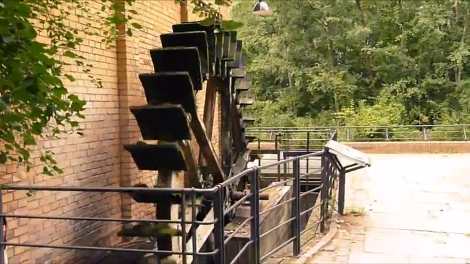[Paul Junkin] bought a curious product off the Internet. It was supposed to generate electricity when hooked up to a running hose. Only, it didn’t do a very good job. His solution was straightforward—he built his own hose-powered generator that actually worked.
The design uses a turbine hooked up to a small motor acting as a generator. To maximize the transfer of energy from the stream of water to the blades of the turbine, the hose is hooked up to a convergent nozzle. [Paul] does a great job explaining the simple physics at play, as well as the iterative design process he used to get to the final product. He calculates the best-case power coming out of his hose around 50 watts, so for his turbine to collect 22 watts is a win, and it’s good enough to charge a phone or run some LED lighting.
Of course, this isn’t a practical generator if you have to pay for the water, and there are other solutions that will get you less wet. Still, credit where it’s due—this thing does make power when you hook it up to a hose. We’ve seen some slightly less ridiculous concepts in this space before, though.
Continue reading “Building A Generator That Runs Off Hose Power”














